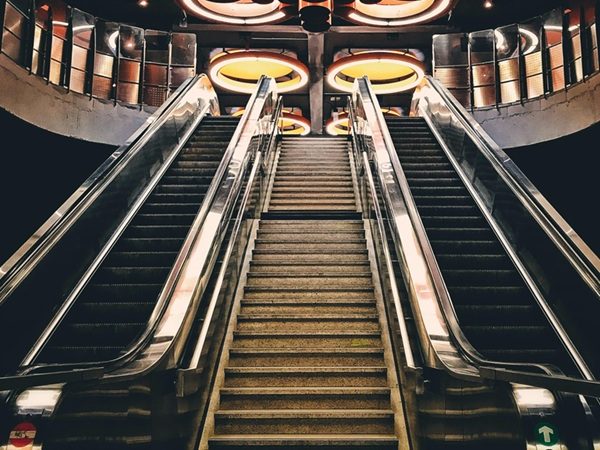By Chris Lund
It was just a few years ago that the rise of online shopping had industry observers forecasting the demise of bricks-and-mortar retail. The click of a mouse will erase it all, they were saying.
Flash forward to 2016, and those same folks are recanting their doom and gloom predictions, acknowledging the value of the physical store in the customer experience. And it’s not just industry pundits whose thinking has shifted; we’re seeing real changes in both the online and bricks-and-mortar retail sectors. Changes that indicate recognition of the power a store holds in creating connections with consumers.
Retailers like Warby Parker and Frank & Oak, once purely online players, have migrated into the physical space and even Amazon has opened a store – one full of books at that (another once-doomed category that seems to be sticking around).
What does this shift mean for retailers in the bricks-and-mortar world? They already have physical stores, so are they in the clear? Not quite. It’s becoming evident that a store filled with product isn’t enough to satisfy shoppers’ evolving desires. A recent Washington Post article attributed sales declines in certain retail verticals to a change in consumer values: people want experiences over things. They’re happy to spend on air travel and restaurant meals, but tight with their money when it comes to purchasing “stuff.” Now retailers face the dual challenge of beating the competition and answering to this experience mindset.
Some retailers have already begun to address the challenge, introducing new elements into their store environments. Barnes & Noble is piloting a beer and wine offering at one of its locations, and Urban Outfitters is rumoured to be introducing an in-store pizzeria.
These initiatives might ignite interest and encourage shoppers to stick around a bit longer, but are they really creating the experiences consumers are looking for? And do they do anything to strengthen the retail brand? How does a pizzeria relate to the core value proposition of Urban Outfitters?
Turning a store into an experience isn’t easy. It’s not just about creating a physical space to complement an online offering. It’s not as simple as introducing a new product category or integrating digital into the environment. And it’s more than awesome architecture or slick finishes.
Building a successful experience means creating meaningful connections with consumers. The power of a store lies in its ability to facilitate interactions, build relationships, and leave lasting impressions.
One brand example is Bauer, the hockey equipment manufacturer-turned-retailer that made its first foray into retail in 2015. Given the rare chance to start from scratch with a brand new store model, Perennial worked with Bauer to create “Own The Moment” – a store so dedicated to fulfilling customers’ evolving expectations, it has the words “Hockey Experience” on the front of the building.
From custom-built fitting tools (like a skate with the toe cap removed so you can see where your toes are sitting) to an in-store ice rink where you’re encouraged to test your gear before you buy, the store is entirely designed around the player. “Personal Trainers” are on hand to help you learn about your options and get properly fitted. For shoppers who prefer to self-educate, the writing is literally on the walls; “Own The Moment” has more communications than any other hockey store in the world. Info panels explain the difference between things like flex and lie for sticks, while info cards tell you — in layman’s terms — what the product technologies do at different price points. And to keep things interesting, demo videos show how the protective materials in your equipment stand up to testing (like a bowling ball being dropped on a shoulder pad).
Service is also a key part of the experience – and a stellar example of integrating technology in a meaningful way for consumers. A skate fitting app tells you when a trainer is ready to assist you, and a skate sharpening app sends you a message when yours are ready for pick-up, leaving you free to wander the store as you wait.
Is it working? According to a recent customer experience survey, 82% of shoppers reported being more interested in buying Bauer products now that they’ve been to the store, and 93% were planning to return.
The experiences people value are ones that engage them at a personal level – this is what “Own The Moment” does well. The future of bricks-and-mortar retail will see us focusing more on celebrating shared passions, less on the hard sell. This isn’t to say selling isn’t a priority; we just have to approach it differently. If you build it to be fun, engaging and personalized, they will come.
























